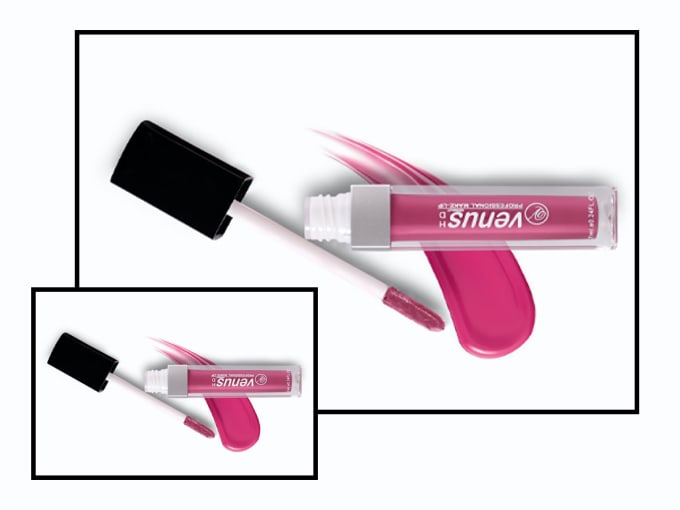
#CROP AND RESIZE IMAGE PRO#
Pro Tip: Want to make sure you get as much of the photo into the aspect ratio as possible? Check the box for “Lock Aspect Ratio” and then drag the edges of the crop tool to include more of the photo, yet keep the aspect ratio the same. There's even a Golden Ratio crop template if you want to create the most aesthetically pleasing crop. Printing ImagesīeFunky’s Crop tool, available in the Edit menu of our Photo Editor, includes pre-set crop templates for common printing aspect ratios such as 4圆, 5x7, 8x10, and more. While cropping is useful for cutting unwanted elements out of your photo, this process also comes in handy in the following scenarios. When you crop an image online, you reduce the number of pixels by cutting out certain sections of the image, hence lowering the total size of the image. Every digital photo is made up of a grid of horizontal and vertical pixels that work together to present your image. Pixels, on the other hand, are the little squares of color that form your image. It’s represented by two numbers separated by a colon, such as 16:9, or sixteen-to-nine. To truly understand cropping, you must first understand two key terms: aspect ratio and pixels.Īn image's aspect ratio is the ratio of its width to its height.

This type of photo editing allows you to keep all of the elements you want while removing those you don't.Ĭropping can also help you reframe your subject or attract the viewer's attention to a specific part of your photo for greater impact. In this guide, we’ll teach you everything you need to know about these two photo editing features, as well as how each of them can perfect your photography! What Is Cropping?Ĭropping is the process of removing a portion of an image in order to improve framing, emphasize a subject, or change the aspect ratio. Sometimes, knowing when to crop an image or resize it can be tricky – but it doesn’t have to be. After all, no one likes strangers or unsightly objects ruining an otherwise special photo, nor do they want a photo that’s too large or small for a specific purpose (like framing it). For example, Content-Aware crop will work great when you want to add more space to a clear blue sky, but won’t work when you want to extend a complex piece of architecture.When it comes to photo editing, two of the most common tweaks include cropping and resizing your image. It’s important to note that any Content-Aware Fill options in Photoshop are going to work better on simple photos and simple backgrounds. In situations like this, look no further than Content-Aware in the Crop Tool.Ĭontent-Aware Crop lets you to extend the crop beyond the size of a photo, and then Photoshop will try to fill in the empty space using pixel information from the image. Sometimes we need to hit a certain aspect ratio, but our images aren’t the right dimensions to make it possible–especially if we’re looking to get a certain composition. This is especially useful when you have a landscape photo where the horizon isn’t perfectly even. You can also resize and rotate images to help find the ideal composition. There are a number of helpful guides, ranging from the common Rule of Thirds to more advanced options like the Golden Ratio, that can use to help reframe your photos. Good composition will help the viewer quickly understand what the image is ‘about’ and will help guide their eye through the different elements. The Crop Tool is extremely helpful when you want to refine the composition of an image.


You can set the crop to exclude parts of a photo (just make sure that Delete Cropped Pixels is not checked so you don’t lose any information!), or you can extend an image beyond its original size and filling in the empty space automatically with tools like Content-Aware Fill or the Clone Stamp Tool. The Crop Tool allows you to quickly adjust the aspect ratio of your image.


 0 kommentar(er)
0 kommentar(er)
